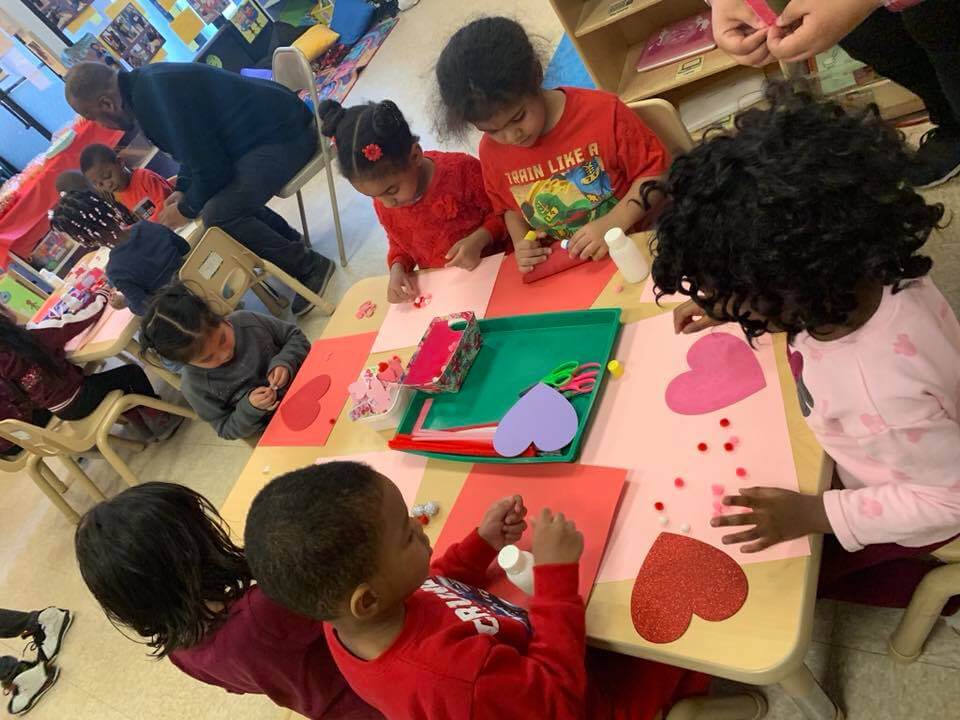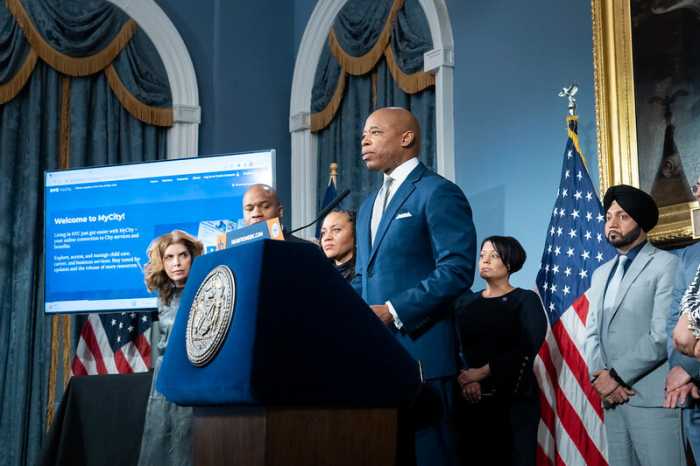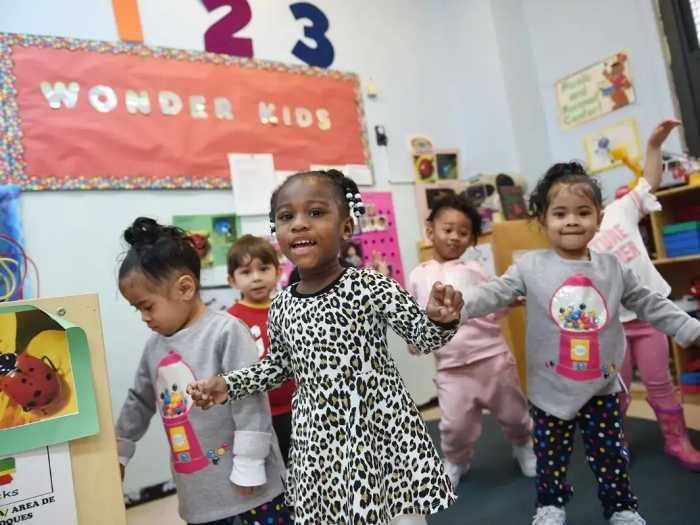Childcare is considered affordable if it costs more than 7% of a family’s income, according to the U.S. Department of Health and Human Services. However, Bronx families are spending roughly 47% of their household income on out-of-home childcare for one child, the highest of any county in America, according to county-level child care data published by the U.S. Department of Labor and deep dive research by data visualization hub, American Inequality.
Despite NYC having the nation’s largest publicly funded childcare system for low-income families, mass closures of Bronx childcare programs, lack of wage increases for Bronx families and Bronx childcare workers has created childcare deserts in the areas of Middletown, Hunts Point and the North Bronx.
In 2017, the Bronx had 3,358 regulated childcare programs. But by 2022, there were roughly 2,827 programs left, according to the state.
Jeremy Ney, a writer and researcher for American Inequality, told the Bronx Times that inequities in America’s childcare model can be seen most starkly in the U.S.’s Northeast and West regions, with financial burdens most affecting low-income communities of color, where wages stagnate and childcare access thins out.
“So residents (in the Bronx) spend about, you know, one out of every $2 on childcare, which is really startling and challenging because of all the other expenses you have to pay for education and housing and groceries,” said Ney. “When you look at the median income of the Bronx, around $43,000, and how a two-bedroom apartment is $27,000 … put childcare on top of that, you don’t have enough to get by.”
Brooklyn and Queens, in addition to the Boogie Down, are among three of the top five counties in the U.S. for highest percent of income spent on childcare.
In the past few decades, childcare costs have doubled, and the demand for childcare also increased, as more women entered the labor force from 1970-2000, researchers note. In a January 2023 U.S. Department of Labor report titled “New Childcare Data Shows Prices Are Untenable for Families,” researchers found that maternal employment decreases in areas with more expensive childcare, even where wages for working women are higher.
Concourse resident Johana Ortiz, a mother of two, said she works three jobs to afford childcare for her two youngest sons, one of whom has a disability. Others who shared their childcare experiences with the Bronx Times, said they’ve paid hourly rates of $22-$30 for services on a limited budget, and in different sections of the borough.
“I struggle with sometimes asking my mother, whose retired, if she could watch my kids because I just can’t afford it,” said Ortiz. “Does that make me a bad mother? Does it mean I shouldn’t work and stay home with them all day? I think childcare is too expensive.”
More than 75% of infants and toddlers in the Bronx whose families rely on publicly funded childcare are cared for within a home-based care business, according to data compiled by All Our Kin, a nonprofit that trains and supports childcare educators.

As working parents resume a life that involves more in-office trips — a 2021 Bright Horizons survey found that 62% of working parents felt that continuity of in-person schooling or childcare is essential to their ability to work — they find their options limited or below their expected standard of care.
In an April op-ed in amNewYork, Mayor Eric Adams touted an online portal MyCity as a way for low-income families to access affordable childcare. Three months prior, Gov. Kathy Hochul — whose administration invested $7 billion in the state’s childcare system over the next four years — vowed to develop plans to streamline and centralize the childcare application process and expand access to the system.
However, less than 10% of eligible families have utilized childcare assistance since that allocation was made by Hochul.
Nearly 16,000 childcare programs across the country have permanently shuttered due to pandemic-induced financial challenges. But the city’s childcare programs and providers also struggle to keep workers, where more than 100,000 childcare workers have fled the field for better-paying jobs in retail and other service industries, according to federal data.
Edna Cleveland, 44, has worked in city childcare programs since the 2000s, including a few Bronx programs that have since gone out of business. The struggle for such workers, whose wages are often capped between $12-$18 per hour, is finding affordable childcare for their own children.
“You’d think as someone who’s been a childcare worker that I’d know where to find good childcare, but we’re in the same boat as everyone else,” said Cleveland, who lives in Longwood. “We can take care of other people’s babies, but we don’t get enough money to find someone to take care of our babies in the process. … It’s all broken.”
A few Bronx childcare providers, and Ney, the researcher, said an unintended consequence of the city’s free preschool program for three and four year olds is a loss of revenue for providers.
“When Universal or free pre-K programs roll out, it actually ends up creating pretty strong challenges for infant childcare because effectively what happens is that there are now childcare options for three and four-year-olds, but three and four-year-olds are actually some of the best money generating populations for providers,” said Ney. “So when you pull those three and four-year-olds out of the system, that we’re basically subsidizing these more expensive one and two-year-olds, you end up closing a lot of day care programs because they’re just stuck with these like more expensive students.”
























